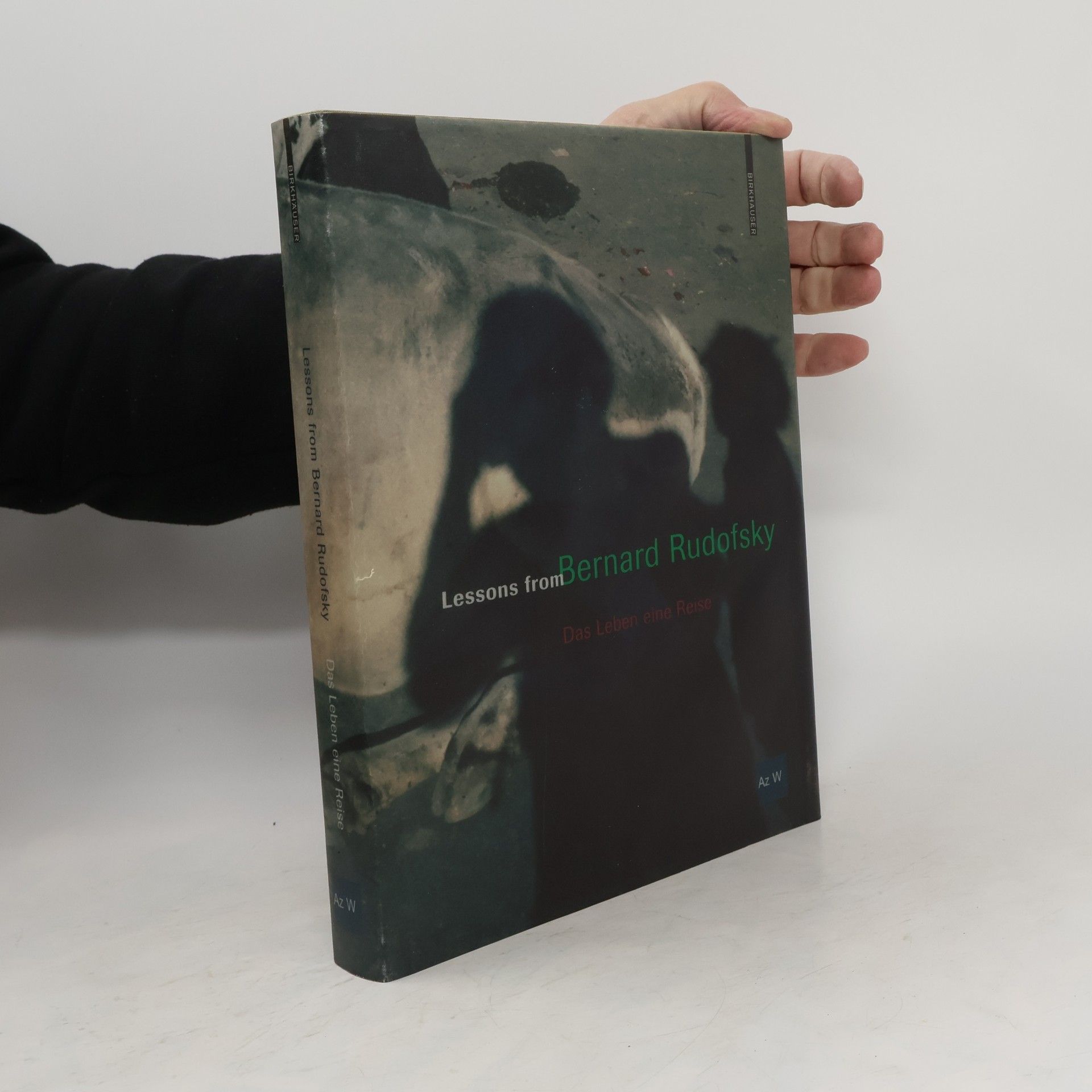In this book, Bernard Rudofsky steps outside the narrowly defined discipline that has governed our sense of architectural history and discusses the art of building as a universal phenomenon. He introduces the reader to communal architecture--architecture produced not by specialists but by the spontaneous and continuing activity of a whole people with a common heritage, acting within a community experience. A prehistoric theater district for a hundred thousand spectators on the American continent and underground towns and villages (complete with schools, offices, and factories) inhabited by millions of people are among the unexpected phenomena he brings to light. The beauty of "primitive" architecture has often been dismissed as accidental, but today we recognize in it an art form that has resulted from human intelligence applied to uniquely human modes of life. Indeed, Rudofsky sees the philosophy and practical knowledge of the untutored builders as untapped sources of inspiration for industrial man trapped in his chaotic cities.
Bernard Rudofsky Libros
Bernard Rudofsky fue un arquitecto y diseñador cuya obra se vio moldeada por una fascinación de por vida por el cuerpo y el uso de nuestros sentidos. Su trabajo, a menudo provocador, exploró la profunda conexión entre la forma humana y su entorno. Rudofsky se ganó el reconocimiento por sus influyentes exposiciones y catálogos que desafiaron las nociones convencionales de arquitectura, moda y estilo de vida. Su enfoque innovador en el diseño y el pensamiento crítico dejó una marca indeleble en diversas disciplinas.






The Unfashionable Human Body
- 281 páginas
- 10 horas de lectura
Architektura bez architektů - Krátký úvod k architektuře bez rodokmenu
- 156 páginas
- 6 horas de lectura
Ve svých rukou držíte první české vydání významné a ve světovém kontextu známé knihy Bernarda Rudofského, vydané v roce 1964, která je zároveň vůbec první publikací Rudofského v češtině. Zároveň jde o zahájení aktivit Kabinetu architektury, jež chtějí přiblížit myšlenky a životní příběh Bernarda Rudofského české veřejnosti.
Lessons from Bernard Rudofsky: das Leben - eine Reise
- 296 páginas
- 11 horas de lectura
Entwerfen für den Alltag - Ideen gegen die Fadheit in Design und Architektur.
